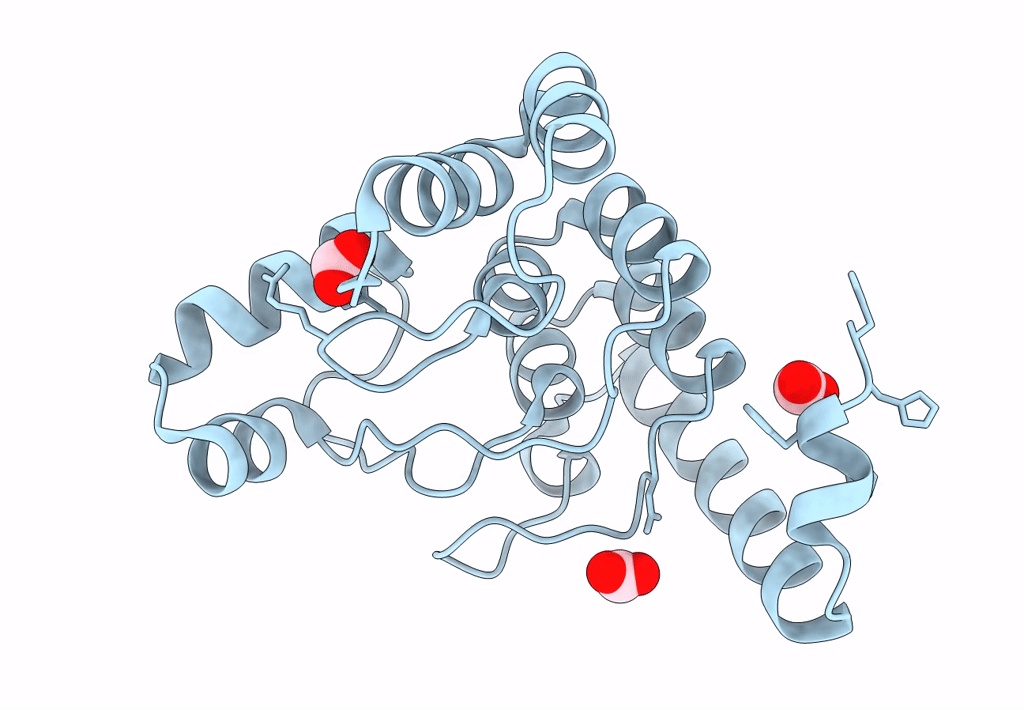
Deposition Date
2022-12-04
Release Date
2023-04-19
Last Version Date
2024-05-01
Method Details:
Experimental Method:
Resolution:
1.65 Å
R-Value Free:
0.22
R-Value Work:
0.19
R-Value Observed:
0.20
Space Group:
P 65 2 2


